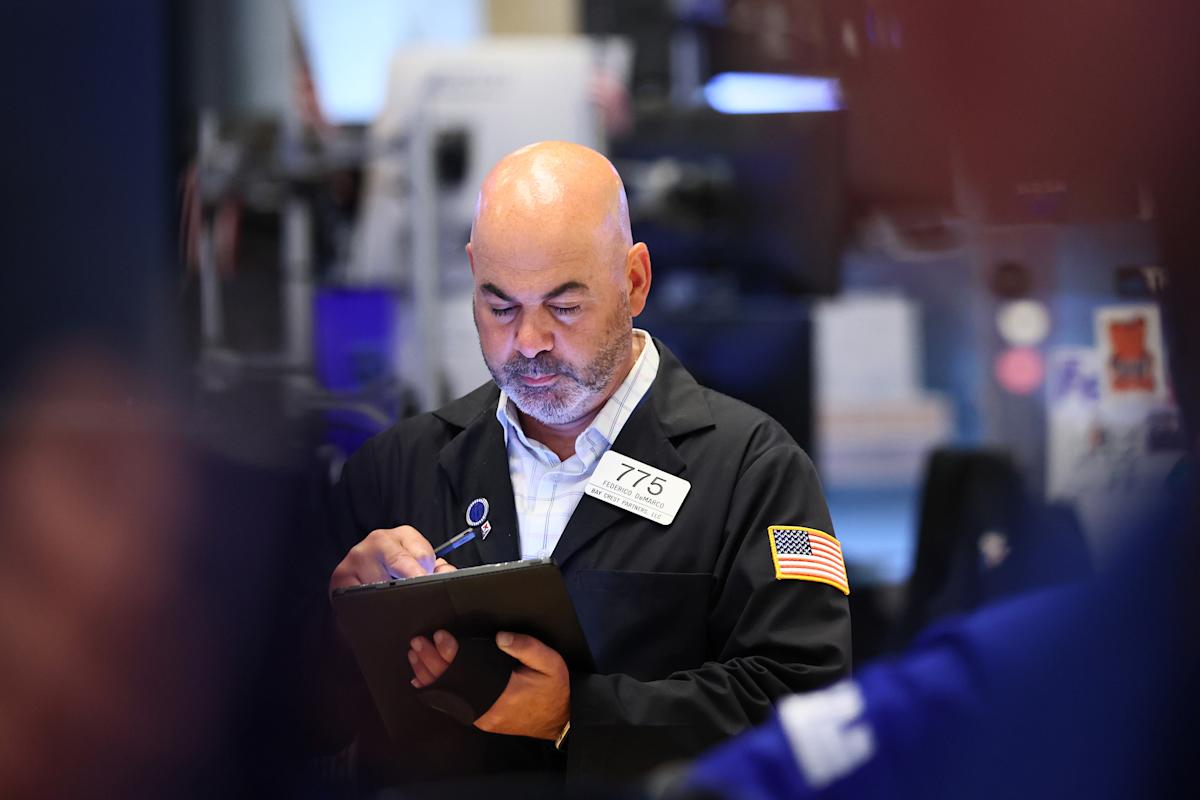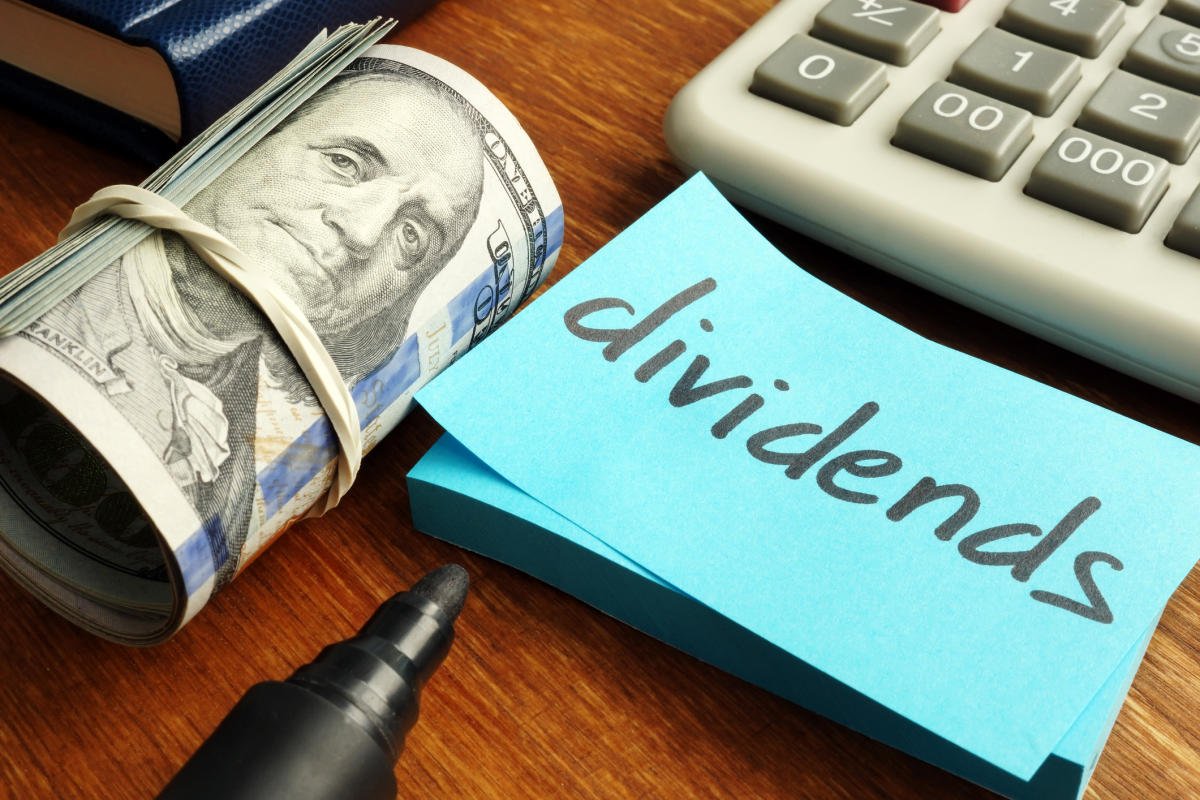Scott Rubner, who accurately predicted two major pullbacks in U.S. stocks last year and this February, believes that the fundamentals and capital trends of U.S. equities are currently positive, driven primarily by the technology, software, and AI innovation sectors. Combined with strong retail buying momentum and the imminent reopening of corporate buyback windows, he expects U.S. stocks to continue rising over the next few weeks, with the rally potentially extending into September.
Former Goldman Sachs strategist Scott Rubner is bullish on U.S. stocks, particularly in the technology, software, and AI innovation sectors.
According to Wind Trading Desk, former Goldman Sachs star strategist Scott Rubner, who recently moved to Citadel, released his first market report, expressing an optimistic outlook for U.S. stocks over the next month.
 In his latest report, Rubner expressed a bullish view on the U.S. stock market, particularly in the technology, software, and AI innovation sectors. He noted that retail investors have been net buyers of stocks for 14 consecutive trading days, setting the longest buying streak since December last year. Additionally, institutional investor holdings are not overly stretched, leaving room for further upside.
In his latest report, Rubner expressed a bullish view on the U.S. stock market, particularly in the technology, software, and AI innovation sectors. He noted that retail investors have been net buyers of stocks for 14 consecutive trading days, setting the longest buying streak since December last year. Additionally, institutional investor holdings are not overly stretched, leaving room for further upside.
Rubner expects the market to follow a ‘higher first, then lower’ pattern, driven by positive seasonal factors, robust capital flows, sustained retail support, corporate buybacks, and the final purchases by fundamental investors. This could lead to a further rebound in the coming weeks, with the rally potentially lasting until September.
Public records show that Scott Rubner worked at Goldman Sachs for nearly a decade, serving as Managing Director of Global Markets and a tactical expert before his departure. With over 20 years of experience in capital trend research, he is known on Wall Street for his precise market timing.
Over the past year, Rubner has successfully predicted two major corrections in U.S. stocks. In late June last year, when the S&P 500 Index was hitting new highs, he accurately forecasted a decline in U.S. stocks by the end of summer. On February 19th this year, when the S&P 500 Index set a new record high, he warned that the momentum from both retail and institutional funds was waning. Subsequently, the index fell by 8.6%, and the NASDAQ 100 Index plunged 12%, entering a technical correction.
The following is the full translation of the report:
Global Market Intelligence (GMI) | August Outlook
I’m back!
I look forward to working with you again and thank you for your support!
Since joining Citadel Securities, I have received numerous inquiries from clients about the same daily market issue: “Is it time to sell the stock market rally?” My answer is: “We are not there yet.”
The ‘buy on dips’ behavior of retail investors in stocks and options represents a significant dynamic in the U.S. stock market. Low institutional holdings and the return of corporate buybacks are important technical factors in the market. I use a baseball analogy to describe the current situation—this is the seventh inning of a nine-inning game. If earnings even barely meet expectations and the market continues to rise, institutional investors may experience fear of ‘significantly underperforming the benchmark index’ (FOMU).
For the coming month, I am optimistic about the U.S. stock market, driven primarily by fundamental earnings and positive capital flow dynamics. I believe the market will continue to rise in the next few weeks as U.S. companies may exceed lower earnings expectations (according to Haver data, Q2/Q2 year-over-year growth is +4%) and due to the positive translation effect from a weaker dollar, particularly for the Technology sector. This is a low bar for ‘fundamental investors’ who are waiting for these earnings reports to be ‘forced into the market.’
In mid-August, I recommend that investors increase their equity hedges for the end of September. This can take advantage of lower implied volatility to hedge against any macro events. September 2 (after Labor Day) is typically the highest point of the month over the past 100 years.
Seasonal factors in July are very favorable for U.S. stocks. Since 1928, July has been the best-performing month of the year for the S&P 500 Index, while September is the worst, as investors ‘return to school.’ The S&P 500 Index is expected to achieve its 11th consecutive monthly gain in July. Summer trading activity at Citadel Securities is consistent with a significant increase in demand for stocks, while other investors are away from their trading terminals.
Citadel Securities: S&P 500 Monthly Returns (Since 1928)

It is time to start the discussion.
Retail Holding Analysis
1. Citadel Securities’ retail trading flow has seen net buying of stocks for 14 consecutive trading days, as the market trades near all-time highs. This is the longest daily buying streak by retail investors since December 2024, which lasted 16 days.
The S&P 500 Index fell by a few basis points yesterday, but we experienced the largest single-day buying skew since April 10th.
In the summer liquidity environment, there is a competition for ‘buy-the-dip alpha’—who can buy the dip the fastest.
Retail Cash Stocks—Net Nominal Amount (Weekly)
Standard Deviation January-July 2025

2. The retail trading flow at Citadel Securities has been net buy for 11 out of the past 13 weeks (since early April).
3. The Citadel Securities franchise experienced its largest single-day outflow of retail trading on April 7, Liberation Day (as well as an outflow on April 4). This was also one of the largest two-day sell skews we have seen. Since April, retail investors have remained resilient and fully participated in the rebound.
4. Retail trading flow at Citadel Securities remained strong during the summer months (particularly in June and July), then declined in September. Retail traders have deployed the largest amount of capital in July over the past two years, and 2025 is no exception.
Retail Cash – Net Nominal Amount Proportion by Month
January 2023 – December 2024

5. Citadel Securities estimates that retail currently accounts for 20% of total market trading volume. In May 2025, it reached the highest level since February 2021 (24%) at 21%, driven by increased and broad participation, particularly in low-priced stocks.
Retail investors tend to buy into artificial intelligence, high volatility, cryptos, IPOs, leveraged ETFs, and anti-momentum stocks.
Percentage of Retail Activity in Overall Market Trading Share
January 2018 – July 2025

6. Citadel Securities has developed various methods to help monitor the performance of popular retail trades based on our clients’ overall retail flow. Colleague Tom Sozzi provides excellent insights in his ‘Retail Roster.’ We look at this from three perspectives: the top 30 names bought by clients, the top 30 names sold by clients, and the top 30 long-short pairs. These names are screened to exclude ETFs (given that retail clients typically buy and hold ETFs) and are reconstituted monthly using an equally weighted daily indicator.
Institutional Holdings and Technical Indicators
7. Volatility technical indicators are improving:
Systematic holdings have recently increased, but there is still room for further increases due to declining actual volatility.
Volatility indicators such as skew and term structure continue to normalize, with systematic strategies having potential ammunition for the next month. Volatility is no longer a coach on the sidelines; it is now the star quarterback rallying the center.


8. Volatility Control Strategies
Volatility-targeting strategies continue to increase their exposure to stocks as the period of high actual volatility in April continues to fade from the indicators. A volatility control strategy with a 10% stock exposure as a daily risk target is currently 35% lower than the highs entering the seasonally slow August. The 3-month actual volatility is 26.64, which is still higher compared to the 10-day actual volatility of 8.47 and the 30-day actual volatility of 9.54.

9. Risk Parity Strategy
The risk parity strategy also draws inputs from the longer-term realized volatility market. We estimate that, compared to historical context, the exposure to stocks in the risk parity strategy is also lower. The spot/volatility correlation continues to normalize across assets, as measured in our portfolio (comprising stocks, treasury bonds, crude oil, and gold).

Source: Citadel Securities, as of July 16, 2025. Data for illustrative purposes only. Past performance does not guarantee future results.
10. U.S. and Global Commodity Trading Advisor (CTA) Hold Positions
Global CTA hold positions are not overly stretched. CTA trend-following strategies have been increasing their exposure during this recent rally, but the exposure does not appear to be extreme.


11. CTA Trigger Threshold Levels (S&P 500 and NASDAQ 100 Futures)
CTA key trigger levels: The macro strategy team at Citadel Securities, led by Grant Wilder, estimates that the ES1 ‘trigger’ level is 6003, while the current spot price is 6280. The NQ1 ‘trigger’ level is 21861, while the current spot price is 23006. There is a considerable distance between the current spot prices and the intermediate threshold levels at which these strategies would be forced to switch to short exposure.

12. Futures Hold Positions
The institutional futures positions of commercial, non-commercial, and non-reporting entities also remained stable.

13. Investor Sentiment
Based on conversations with institutional investors over the past few weeks, sentiment is not extreme. This is also evidenced by the week-over-week decline in AAIIBULL and the week-over-week increase in AAIIBEAR.

Corporate Buybacks and Options Dynamics
14. The Return of Corporate Buybacks
Today marks the peak of the U.S. corporate earnings blackout period. U.S. corporations will begin to emerge from the blackout window this week. The majority of S&P 500 market cap will be reported by August 1st.
U.S. corporations are expected to purchase $1 trillion worth of stocks in 2025, maintaining their status as the largest buyers of U.S. stocks. August is typically a positive month for corporate cash flows.
As my partner and macro colleague Nohshad Shah pointed out in his excellent weekly macro insights article, the earnings bar for this quarter is low. August is one of the best months of the year for corporate stock buybacks. This market dynamic adds passive VWAP demand for large U.S. corporations.
S&P Earnings Expectations

Citadel Securities’ retail options trading flow has seen a net buy of call options for 11 consecutive weeks, and has been deploying call flows every week since the market low in April. The most recent such streak was in November 2023, when the stock market significantly outperformed the broader market.
Retail Options — Put/Call Ratio by Week
January to July 2025

In our dataset’s history (since January 2020), there have only been six instances where the call option buying streak reached 11 weeks or longer.
Longest Recorded Weekly Streak of Retail Call Option Buying

The average duration of the previous six call option buying streaks was 18 weeks, indicating that the potential demand for bullish ‘YOLO’ call options may increase further. This suggests an additional 7 weeks of demand. During this period, the premiums collected have increased significantly.
Colleague Allie Becher provides excellent insights on this topic and other retail flow themes in her ‘Retail Details’.
The retail options trading flow at Citadel Securities remained strong during the summer months but declined in September. Call option activity began to alter the market’s gamma distribution.
If the S&P 500 Index rises through the current spot level, index market makers may become short call options and exhibit short gamma exposure. Long index gamma has been a market cushioning feature during this rally, but this could change if fundamental investors start hedging against right-tail profit events. Additionally, leverage ETF activity in both options and stocks has acted as a synthetic short gamma on the market.
Retail Options — Proportion of Contract Volume by Month
January 2020 – June 2025

The cash and call option activity of Citadel Securities’ retail clients in the summer is often highly correlated with my heatmap. You will see more from me on this topic as we head into the fourth quarter.
Citadel Securities: S&P 500 Daily Return Heatmap (since 1928)

Citadel Securities: NASDAQ 100 Daily Return Heatmap (since 1985)

Institutional investors at Citadel tend to buy downside hedges.
The institutional options flow of Citadel Securities has been bearish in 8 out of the past 11 weeks, indicating an increase in hedging demand at the index level.
The institutional options flow of Citadel Securities is consistent with the overall hold positions of real money investors.
Institutional Options — Weekly Put/Call Ratio
January-July 2025

Market Direction Summary
21. I am optimistic about the U.S. stock market for the next month, primarily driven by U.S. technology, software, and AI innovators. The ‘Super Bowl’ of second-quarter earnings begins this week, which may compel institutional investors to re-enter the market and add to their favorite concentrated core holdings.
22. A ‘higher before lower’ sentiment — I believe the stock market can rally further from here, driven by positive seasonal factors, strong capital trends, sustained retail support, corporate buybacks, and the eventual buying by fundamental investors.
23. I would recommend hedging for the end of September as systematic investors become saturated and investors prepare to slow down ahead of a significant fourth quarter.















